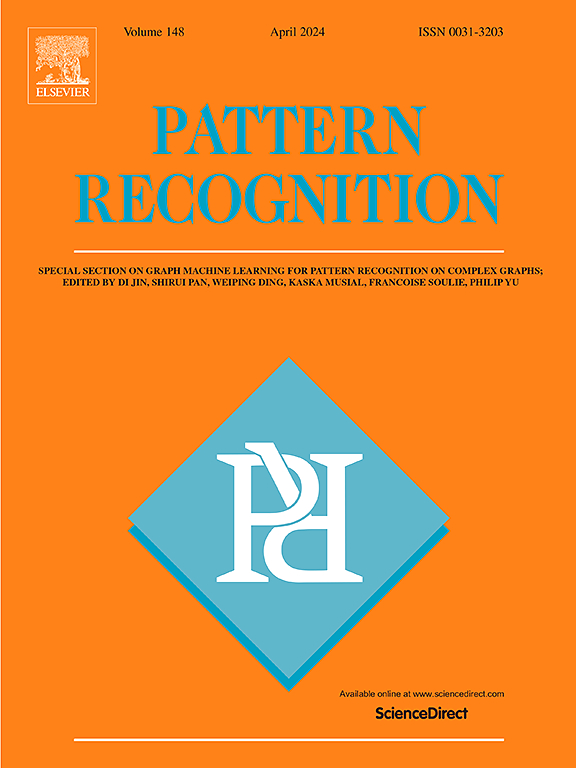TSTKD: Triple-spike train kernel-driven supervised learning algorithm
IF 7.5
1区 计算机科学
Q1 COMPUTER SCIENCE, ARTIFICIAL INTELLIGENCE
引用次数: 0
Abstract
Precise artificial intelligence is one of the most promising research fields, where supervised learning for spiking neurons (SNs) plays an imperative and fundamental role. This study proposes a novel supervised learning algorithm based on triple-spike train kernels to address the shortcomings of the latest learning algorithms, such as local best learning and low learning accuracy. First, we divided the time intervals of the spike trains, including the firing time of the input spikes. Subsequently, we discovered and analyzed the relationship between the firing times of all spikes, added a third spike to solve the existing problem, and constructed a triple-spike-driven (TSD) minimum direct computational unit. In addition to the simple and efficient adjustment of synaptic weights based on pair-spike, TSD maintains a relationship between all useful spikes to approximate the global best learning. Finally, we proposed a triple-spike train kernel driven (TSTKD) supervised learning algorithm to improve the learning performance. Many fundamental experiments were implemented to demonstrate the learning performance, which proved that the successful learning ability and some learning factors of our proposed algorithm in spike train learning. We then verified the positive effect of the TSD on the proposed algorithm. Many experiments also proved the much higher learning accuracy of the proposed state-of-the-art algorithm compared to some of the latest algorithms, especially in the complex spike train learning. In addition, the proposed algorithm is more adaptive to SNs and much better at generalizing, memorizing, and classifying than the corresponding algorithm with pair-spike and some of the latest algorithms. Considering the above experimental results, our study blazes a trail for pattern recognition using spike train supervised learning with global optimization.
求助全文
约1分钟内获得全文
求助全文
来源期刊

Pattern Recognition
工程技术-工程:电子与电气
CiteScore
14.40
自引率
16.20%
发文量
683
审稿时长
5.6 months
期刊介绍:
The field of Pattern Recognition is both mature and rapidly evolving, playing a crucial role in various related fields such as computer vision, image processing, text analysis, and neural networks. It closely intersects with machine learning and is being applied in emerging areas like biometrics, bioinformatics, multimedia data analysis, and data science. The journal Pattern Recognition, established half a century ago during the early days of computer science, has since grown significantly in scope and influence.
 求助内容:
求助内容: 应助结果提醒方式:
应助结果提醒方式:


